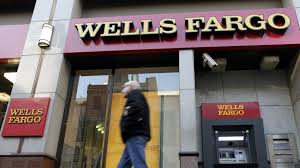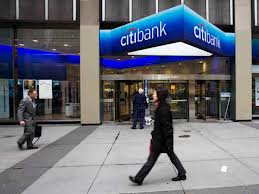Identity Protected Secure Purchasing “The BlankCard”
Identity Theft Can Be Prevented, the BlankCard Solution Was Presented In 2005 After a review of the current state of the eCommerce industry and/or card payment systems, we can conclude the Banking Industry is responsible for nearly all identity thefts dated from 2005 to the present. In 2005, we introduced the Identity Protected Secure Purchasing fraud proof credit card system to the top 25 banks in America. The list included, Wells Fargo, Citibank, Wachovia, Chase, State Street, Mellon Bank, Merrill Lynch… 
We first considered the “leaks” in the current system and asked ourselves a few fundamental questions;
- To acquire a credit or debit card, the customer trusts a bank or financial institution with their most sensitive information.
- But when using that bank’s card to make a purchase, is it necessary for the bank to disclose the customer’s sensitive information to anyone? “No.”
- Can the customer just tell the bank when and where to make a payment? “Yes.”
The fraud proof payment system was trade named the I.P.S.P. BlankCard to indicate the card is void of the customer’s sensitive or personal information. We incorporate the customer’s cell phone or mobile device which allows the system to replace the sensitive information with confirmations. We then simply remove the customer’s personal information from the card (magnetic strip, smart card, NFC) and replace the information with a unique token to the customer that is recognizable by the system. Now when this card is swiped or read, a purchase request is simultaneously sent to the bank and the customer’s cell phone or mobile device, the customer enters their PIN, the bank confirms the customer’s cell and PIN, the transaction is approved in seconds. The retailer receives a confirmation/transaction number from the bank… “Fraud proof” transaction complete!
- The customer’s personal information is never stored on the retailer’s data base.
- A lost or stolen card can never be used.
- The customer has control of every transaction including third party transactions at remote locations.
- Even in the event the bank’s data system is breached, the customer’s account and money remain secure.
- The BlankCard payment system doesn’t require any new equipment, technology, or readers.
Implications of the Banking Industry’s Reasoning for NOT Adopting the Fraud Proof Payment System In 2011, we re-introduced the I.P.S.P. BlankCard payment system to Citibank’s Card Division. I’m compelled to say, in the beginning of our conference with the Citibank executives, we emphasized , “When considering consumer protection, we must realize, protecting the consumer, is protecting ourselves”… F. D. Foster Citibank’s reasoning for failing to adopt the BlankCard application was, “A transaction might take a few more seconds in the checkout line”. This was a misconception and a matter of poor judgement on their part (in a BlankCard transaction, card is swiped immediately).
In essence, the Citibank executives indicated the banking industry’s primary focus is to issue millions of cards to millions of customers to make millions of seamless transactions allowing the banks to make Billions of Dollars. Then if a few thousand customers lose a few Hundred Dollars, from being victimized by identity theft, they will repay the monetary loss. The banks cannot repay the customer’s stolen identity. Like virginity, once your identity has been stolen, you can’t get it back. Moreover, when a customer is victimized, the bank puts protections in place which in turn makes it more difficult for the customer to make transactions. The victimized customer loses the bank’s “seamless transaction” feature. While having knowledge of the I.P.S.P. BlankCard system since 2005, the banking industry disregarded their customer’s security for the sake of profit gain.  Legally, the banks neglected their fiduciary duty. Their failure to adopt this fraud proof payment system and protect their customer’s information contributed to a large percentage of 673,293,959 records and personal identities being exposed (this calculation dates from 2005 to 2014, commonly referred to as “The Year of the Data Breach”).
Legally, the banks neglected their fiduciary duty. Their failure to adopt this fraud proof payment system and protect their customer’s information contributed to a large percentage of 673,293,959 records and personal identities being exposed (this calculation dates from 2005 to 2014, commonly referred to as “The Year of the Data Breach”).
